Fully understand the MEXC perpetual futures trading model to help you better formulate trading strategies
Abstract of this article:
What is MEXC futures trading?
1. What are U-based and Coin-M perpetual futures? What's the difference?
1.1 U-based perpetual futures
1.2 Advantages of USDT-M futures
1.3 Example of USDT-M futures operation
- Assuming the current BTC price = 60,000 USDT
- Use 1,000 USDT as margin and open a 10x leverage long position.
- Futures value = 1,000 USDT × 10 = 10,000 USDT (equivalent to 0.1667 BTC).
- If BTC rises to 63,000 USDT (+ 5%):
- Nominal profit = 10,000 USDT × 5% = 500 USDT
- If BTC falls to 57,000 USDT (-5%):
- Nominal loss = 10,000 USDT × 5% = 500 USDT
1.4 Coin-M perpetual futures
1.5 Example of Coin-M perpetual futures operation
- Assuming the current BTC price is 60,000 USDT.
- Investors use 0.2 BTC as margin and open long positions with 10x leverage.
- Positioning value = 0.2 BTC × 10 = 2 BTC .
- If BTC rises to 63,000 USDT (+ 5%):
- Profit = 2 BTC x 5% = 0.1 BTC .
- If BTC falls to 57,000 USDT (-5%):
- Loss = 2 BTC x 5% = 0.1 BTC .
1.6 Comparison of USDT-M futures and Coin-M futures
| Comparison Item | USDT-Margined Contracts | Coin-Margined Contracts |
| Margin Type | Stablecoins such as USDT, USDC | Corresponding underlying assets (e.g., BTC, ETH) |
| Profit/Loss Calculation | Settled directly in USDT | Settled in underlying asset, requires conversion to fiat currency |
| Risk Exposure | Only exposed to price volatility of contract's underlying asset | Exposed to both contract price + margin asset price volatility |
| Use Cases | Multi-currency trading, short-term high-frequency strategies | Investors bullish long-term on the underlying asset |
2. What are one-way and two-way positions?
2.1 One-way position
2.2 Two-way position
2.3 Comparison of one-way and two-way positions
| Feature | One-Way Mode | Hedge Mode |
| Position Direction | Only maintains net position in one direction | Supports both long and short positions simultaneously |
| Profit/Loss Calculation | Net position P&L (calculated after long and short positions offset each other) | Long and short P&L calculated separately |
| Operational Difficulty | Simple, suitable for beginners | Complex, suitable for experienced traders |
| Suitable Trading Scenarios | Trend trading | Range-bound markets, hedging strategies |
| Flexibility | Lower | Higher |
| Capital Requirement | Lower capital occupation | Higher capital occupation |
2.4 How to choose the position mode?
3. What are the isolated margin mode and cross margin mode?
3.1 isolated margin mode
3.2 Cross margin mode
3.3 Comparison of cross margin mode and isolated margin mode
Margin Mode Comparison Table
| Feature | Cross Margin | Isolated Margin |
| Margin Source | Shared from total account balance | Independently allocated margin for each position |
| Liquidation Risk | Lower, system automatically uses account balance to supplement margin | Higher, position liquidates directly when loss exceeds allocated margin |
| Loss Impact | Losses may affect overall account funds | Losses limited to the margin allocated to that position |
| Risk Control | Suitable for overall fund management, concentrated risk | Suitable for independent position management, dispersed risk |
| Target Users | High-frequency traders, large capital accounts, hedging traders | Beginner traders, high-leverage traders, single-strategy traders |
| Margin Addition | Automatically uses account balance to supplement margin | Must manually add margin |
4. Introduction to MEXC perpetual futures leverage modification rules
5. Summarize
Recommended reading:
- Why choose MEXC futures trading? Learn more about the advantages and features of MEXC futures trading to help you seize the opportunity in the futures field.
- How to participate in M-Day? Master the specific methods and skills of participating in M-Day, and don't miss the futures bonus airdrop of 70,000 USDT every day
- Futures Trading Operation Guide (App End) Learn more about the operation process of futures trading on the App end, so that you can easily get started and play futures trading.
Popular Articles
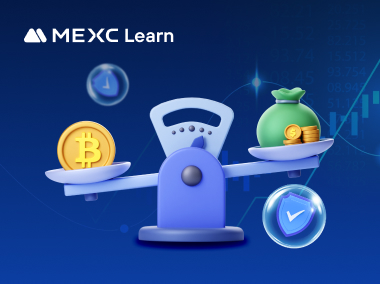
A must-read for beginners! How to prevent liquidation in futures trading?
In futures trading, due to significant market fluctuations, the margin in your futures account cannot continue to maintain the Margin level. The event where your positioning must be position squaring
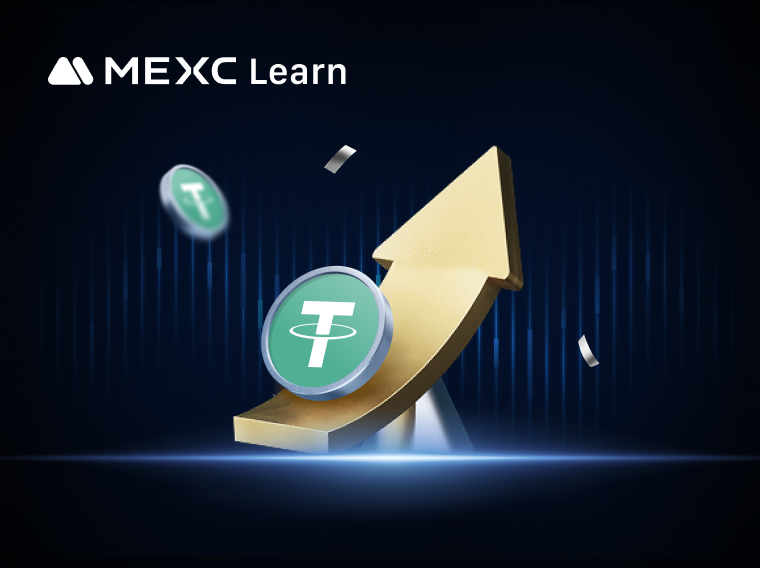
MEXC Futures Guide| Leverage Trading Strategies & Risk Management
As market trading accelerates and user strategies become increasingly diversified, high-leverage trading tools have become a key component for professional investors seeking to optimize capital effici

Master these 6 methods to choose "cryptocurrency futures trading pairs" and make your futures trading no longer confused
As one of the world's leading cryptocurrency exchanges, MEXC is committed to providing users with high-quality investment options. Choosing the right investment target for futures trading is the prima

Building the Most Comprehensive Trading Ecosystem : MEXC Unlocks Infinite Opportunities Through Long-Tail Strategy
In today’s crypto market, competition for blue-chip assets like BTC and ETH has reached a saturation point. Yet, the true alpha often hides in long-tail assets—those under-the-radar tokens that carry
Hot Crypto Updates
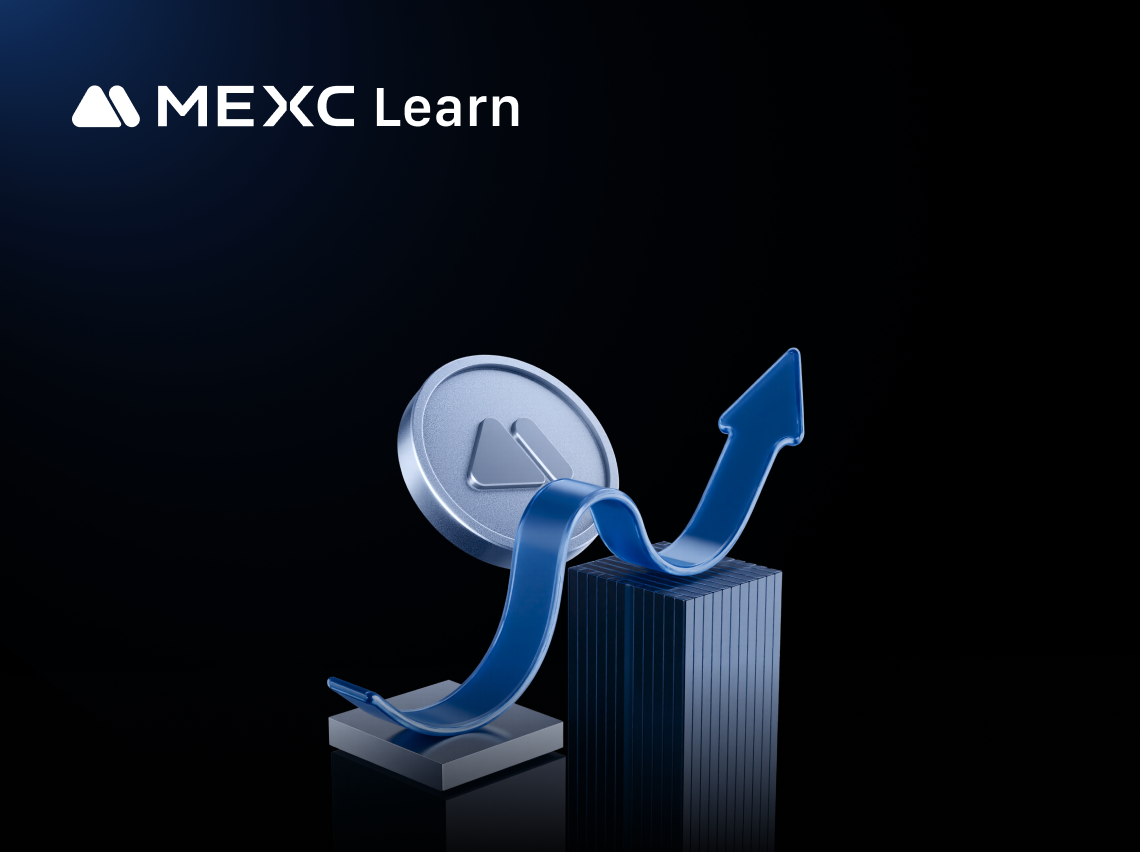
What Drives LittleMouse (LTMS) Price? 7 Factors You Must Watch
Understanding the Key Factors Influencing the Price of LittleMouse (LTMS)The price of LittleMouse (LTMS) demonstrates significant volatility, characteristic of many digital assets in the cryptocurrenc
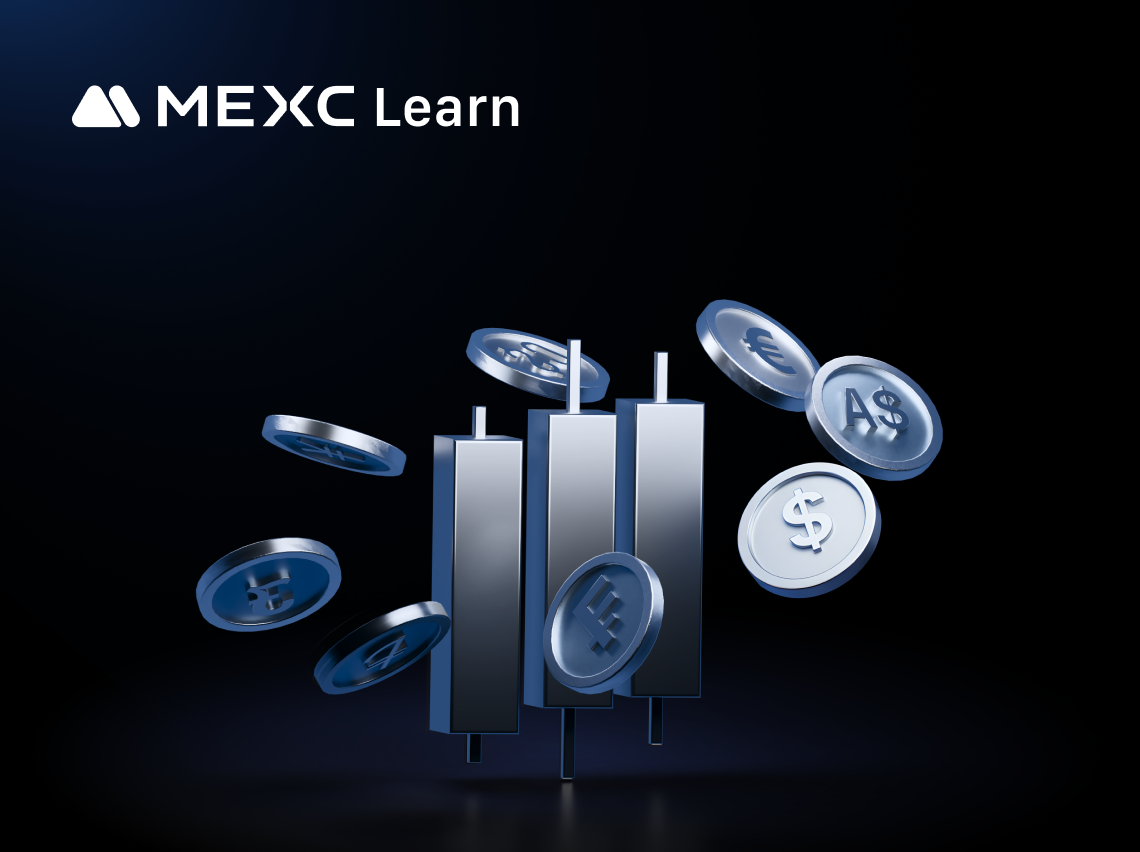
How LittleMouse's Blockchain Works: LTMS Crypto Tech Explained
Blockchain 101: The Tech Behind LittleMouse (LTMS)Blockchain technology is a distributed ledger system that enables secure, transparent, and immutable record-keeping across a network of computers. At
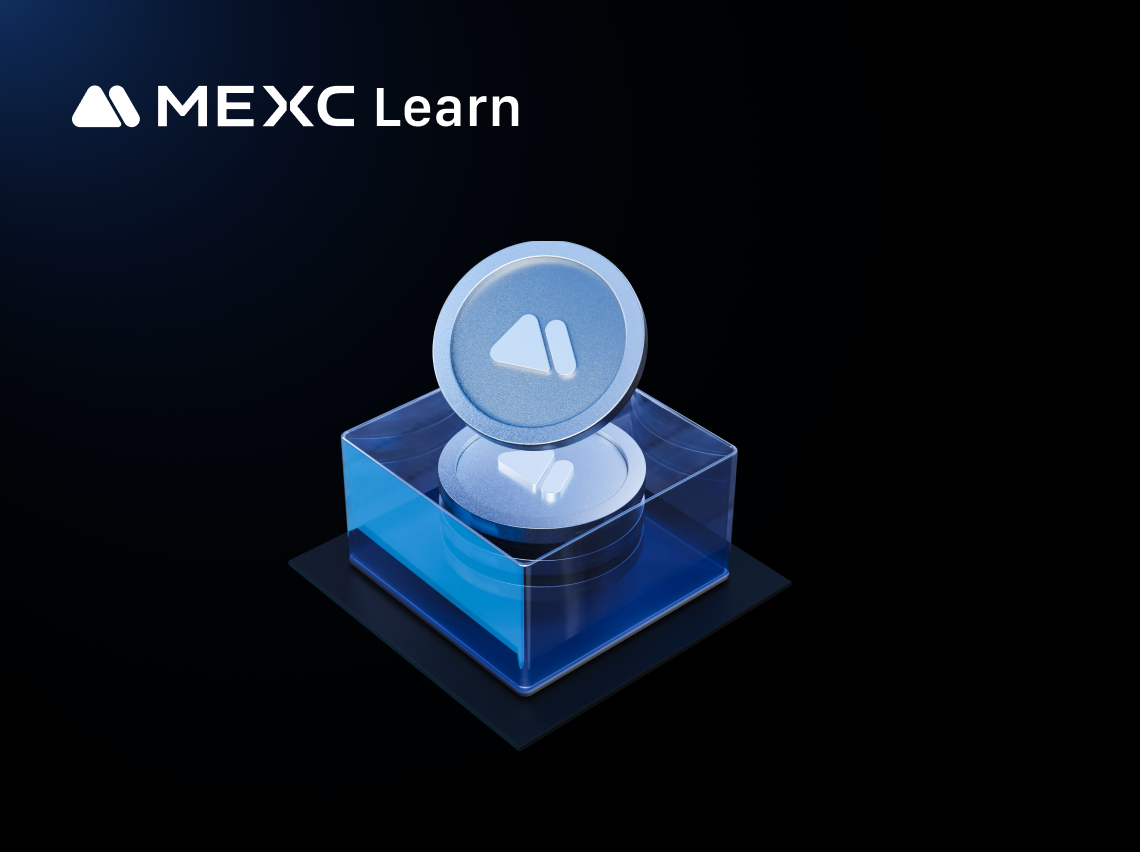
LittleMouse (LTMS) Price History: Patterns Every Trader Should Know
What is Historical Price Analysis and Why It Matters for LittleMouse (LTMS) InvestorsHistorical price analysis in cryptocurrency markets is a fundamental research methodology that examines past price
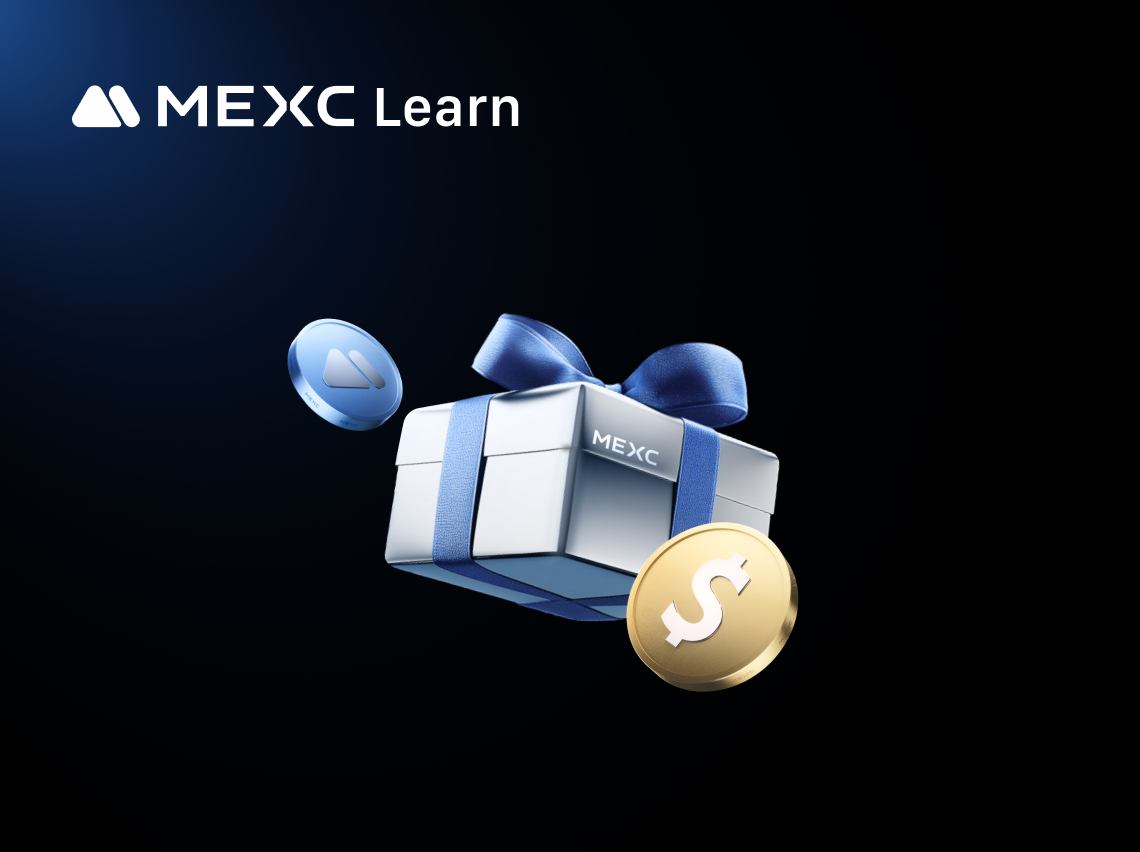
What is LittleMouse (LTMS)? An Introduction to Digital Assets
What Exactly is LittleMouse (LTMS) and Why Should You Care?LittleMouse (LTMS) is a blockchain-based cryptocurrency that powers a decentralized platform focused on gamification, NFTs, and social outrea
Trending News

Guillermo Del Toro’s ‘Frankenstein’ To Play In Some IMAX Theaters
The post Guillermo Del Toro’s ‘Frankenstein’ To Play In Some IMAX Theaters appeared on BitcoinEthereumNews.com. Jacob Elordi and Oscar Isaac in “Frankenstein.” Netflix/Ken Woroner Frankenstein — write

BNB Active Addresses Hit Record 3.6 Million – Analyst Explains Network Growth
The post BNB Active Addresses Hit Record 3.6 Million – Analyst Explains Network Growth appeared on BitcoinEthereumNews.com. Sebastian’s journey into the world of crypto began four years ago, driven by

Is There a Dip Buying Opportunity in Cryptocurrencies? Santiment Ranks the Most and Least Interested Altcoins!
The post Is There a Dip Buying Opportunity in Cryptocurrencies? Santiment Ranks the Most and Least Interested Altcoins! appeared on BitcoinEthereumNews.com. It’s been a week since the major crash in t
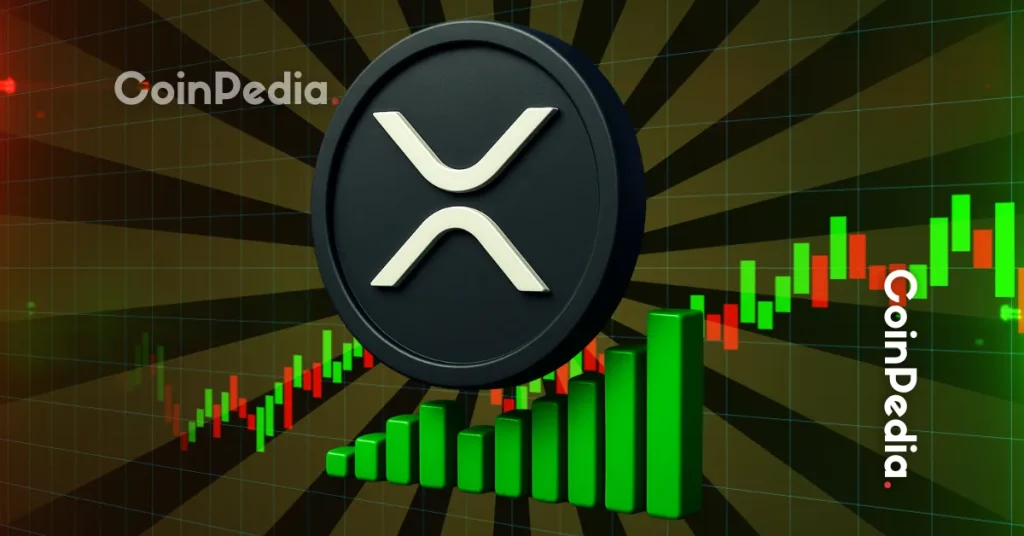
How Will XRP Price React After the FOMC Meeting Today?
The post How Will XRP Price React After the FOMC Meeting Today? appeared first on Coinpedia Fintech News The U.S. Federal Reserve is set to announce its latest interest rate decision today, and the ou
Related Articles

MEXC Futures Guide| Leverage Trading Strategies & Risk Management
As market trading accelerates and user strategies become increasingly diversified, high-leverage trading tools have become a key component for professional investors seeking to optimize capital effici

Master these 6 methods to choose "cryptocurrency futures trading pairs" and make your futures trading no longer confused
As one of the world's leading cryptocurrency exchanges, MEXC is committed to providing users with high-quality investment options. Choosing the right investment target for futures trading is the prima

Quickly understand the development history of "cryptocurrency futures trading", let you trade futures one step ahead
Cryptocurrency futures trading, as one of the core derivatives of the blockchain and cryptoasset market, reflects the technological progress and market demand evolution of the entire cryptocurrency in

How to use the MEXC futures trading calculator? More effectively determine the price of profit and stop loss
In order to help MEXCers trade reasonably in futures trading, MEXC has developed the futures calculator function. You can use the futures calculator to help you understand various information needed f
